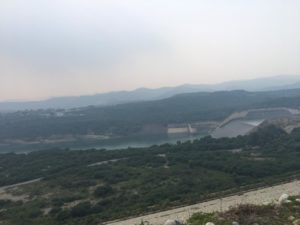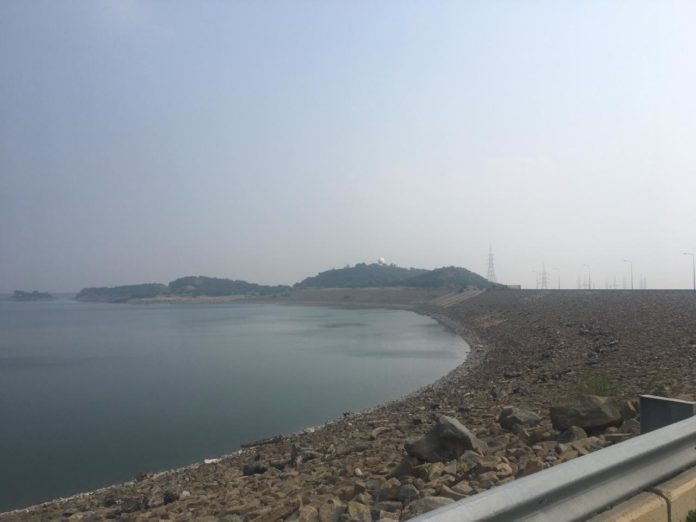By Muhammad Luqman
It was 4.01 p.m. on September 24, when a massive earthquake struck the southern parts of Azad Jammu and Kashmir and adjoining Jhelum district of Punjab, razing hundreds of buildings and leaving about 40 people dead.
The quake originating from the epicenter located 5 kilometres north of Jhelum shook the structure of Pakistan’s second largest water reservoir, Mangla Dam, creating fears among South Asian nation about the safety of a big dam.
But the officials of Pakistan’s Water and Power Development Authority (WAPDA) after carrying out investigation into the safety of dam structure, have declared it safe.
“Mangla Dam and Power House are safe and have not suffered any damage in the recent quake. Power generation was stopped as a precautionary measure due to large quantum of silt and sediments in the water.” Chairman WAPDA Lt. General (rtd) Muzammal Hussain told a team of Lahore-based journalists.
He said that the structure of the Manga Dam can withstand the quake shocks of even one minute duration.

Mangla Dam constructed over river Jhelum in 1960s after India-Pakistan Indus Water Treaty, has been contributing towards socio-economic development of the country for the last five decades by releasing the stored water for agriculture, mitigating floods and providing low-cost hydel electricity to the national grid.
Since its commissioning in 1967, Mangla Dam provided about 237.35 billion units of electricity to Pakistan’s National Grid.
Mangla Dam, the first-ever multi-purpose mega project in Pakistan, was completed with live water storage capacity of 5.88 MAF, which reduced to 4.6 MAF till 2004 due to natural phenomenon of sedimentation. Subsequently, Mangla Dam Raising Project was initiated in 2004 to maximize the water potential of River Jhelum. The project was substantially completed in December 2009, increasing the water storage capacity of Mangla Reservoir to 7.4 MAF from 4.6 MAF with an addition of 2.88 MAF. Resultantly, Mangla Dam surpassed the water storage capacity of Tarbela Dam and became the largest water reservoir in the country.

The consultants of Mangla Dam in their design of the project way back in 1960, had envisaged the life of the Mangla reservoir from 100 to 115 years. However effective watershed techniques adopted by WAPDA and completion of Mangla Dam Raising Project have increased the life of Mangla reservoir to 269 years.














